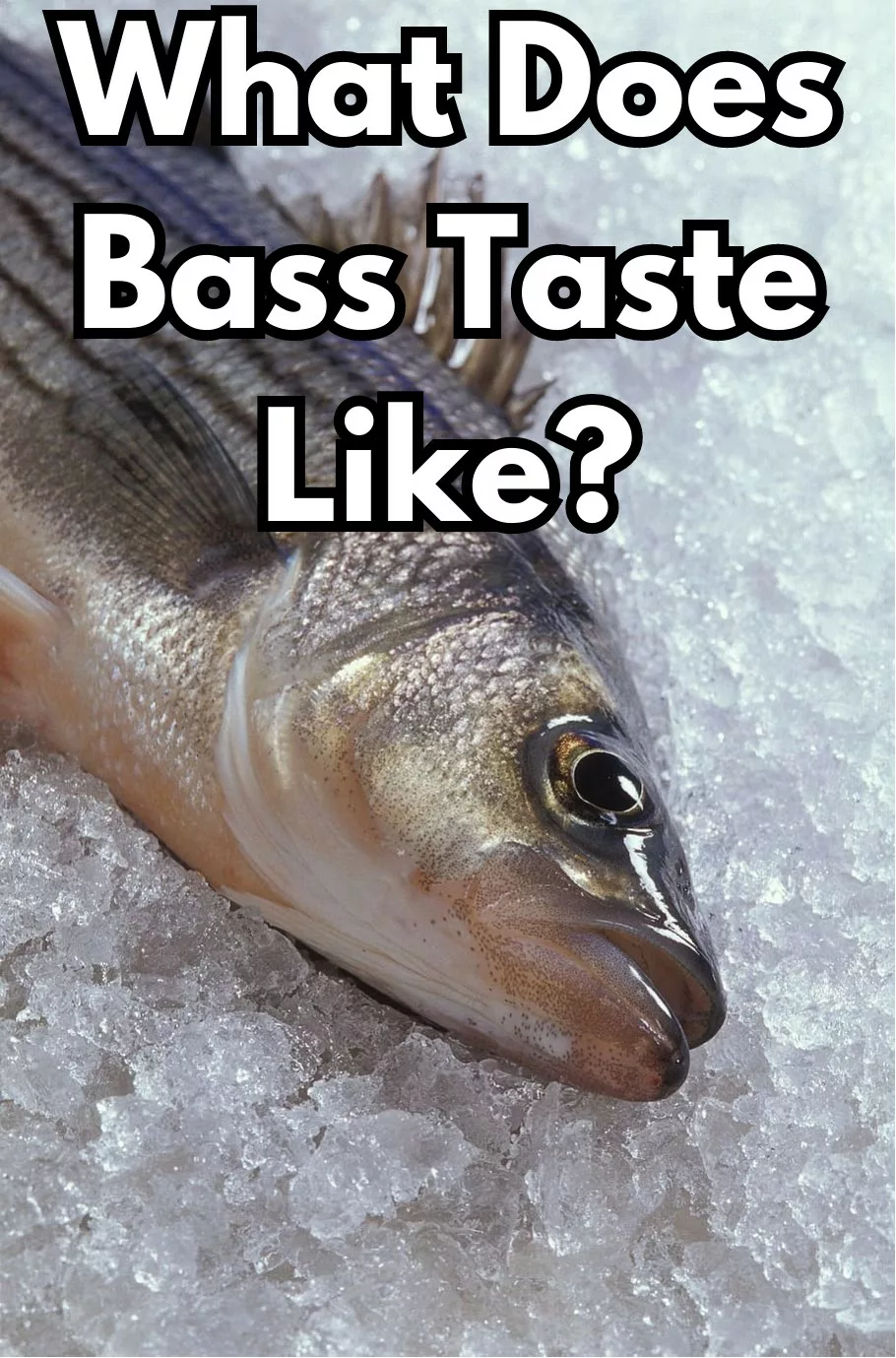For many culinary enthusiasts and anglers alike, the flavor of bass is a topic of discussion. In this article, we will delve deep into the taste profile of bass, its culinary uses, and how different cooking methods can alter its flavor. What does Bass taste like?
Understanding Bass: A Quick Overview
Before diving into its flavor, it’s important to understand what we mean when we say “bass.” Bass is a common name given to various species of freshwater and saltwater fish. Some of the more popular bass types include:
- Largemouth Bass
- Smallmouth Bass
- Striped Bass
- Sea Bass
Though they all share the name, their flavors can vary depending on their habitats, diets, and species.
Bass Flavor Profile: The Basics
Freshwater Bass (Largemouth, Smallmouth and Spotted)
For those who frequent inland waters, largemouth and smallmouth bass might be familiar catches. But how do they taste?
Taste: Mild, slightly fishy.
Texture: Firm yet tender.
Fat Content: Moderate.
The subtle flavor makes it an ideal canvas for various seasonings and marinades. Its texture holds up well to grilling, frying, and baking. Most fisherman chose not to eat Large mouth, smallies, or spotted bass. But, if you do want to try one out, the smaller bass tend to have a more mild and palatable flavor.
Striped Bass
A favorite among many anglers, striped bass combines the best of both freshwater and saltwater worlds. More often found in brackish water with access to the ocean. They’re flavor is not similar to largemouth or smallmouth. They’re delicious.
Taste: Sweet with a hint of nuttiness.
Texture: Medium-firm with a flaky finish.
Fat Content: Higher than freshwater bass.
Striped bass’s rich taste is often compared to salmon but with a milder flavor. They’re also known as Rockfish or stripers.
Sea Bass
Sea bass, particularly the popular black sea bass, is a saltwater species revered for its delicate taste.
Taste: Mild and subtly sweet.
Texture: Delicate and flaky.
Fat Content: Low to moderate.
Often served in upscale restaurants, sea bass is a prime candidate for pan-searing, baking, and steaming.
Factors That Influence Bass Taste
Diet & Habitat
Just as the region can affect the flavor of wine, the diet and habitat of bass can influence its taste. A bass that feeds on crustaceans might have a slightly sweeter taste compared to one that feeds primarily on smaller fish. Bass that are found in colder water typically have a better flavor as well.
Preparation and Cooking Methods
The way you prepare and cook bass can bring out or mask its inherent flavors. For instance:
- Grilling can impart a smoky taste, enhancing the fish’s natural flavors.
- Frying can make the outer layer crispy, adding a textural contrast.
- Steaming or poaching allows the inherent flavors to shine.
- Broiling can get a nice sear and crust while not over cooking the delicate meat
I always prefer finishing my fish with a nice brown butter. mmm
Conclusion
To answer the question, “What does bass taste like?” is to embark on a journey that considers species, habitat, diet, and cooking method. Bass offers a versatile flavor that can be enhanced or enjoyed in its pure form, depending on your preference. Whether you’re an avid angler or a curious foodie, the taste of bass is one that promises a delightful culinary experience. But, if I would suggest starting with Sea Bass or Striped Bass to start your journey.

